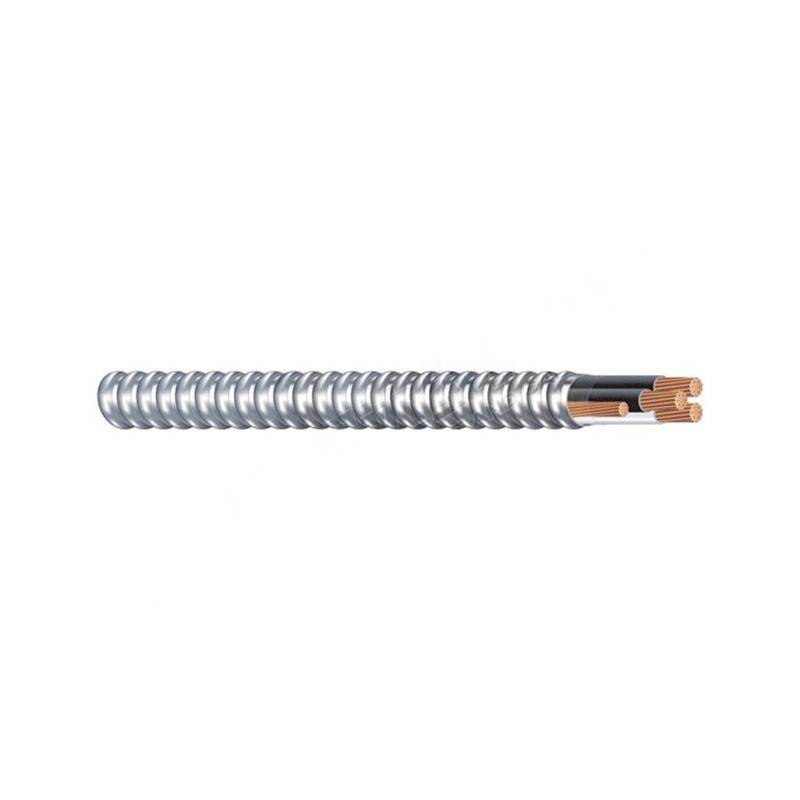Samh . 07, 2024 07:35 Back to list
electric actuated butterfly valve
Electric Actuated Butterfly Valves An Overview
Electric actuated butterfly valves are essential components in modern industrial processes, playing a crucial role in the control of fluid flow within pipelines. These valves combine the simplicity and efficiency of butterfly valves with the automation of electric actuators, allowing for precise and remote operation. The synergy between the valve and the actuator enhances the capability of various systems, making them indispensable in numerous applications.
Structure and Working Principle
A butterfly valve consists of a disc mounted on a rotating shaft. When the valve is closed, the disc is perpendicular to the flow direction, creating a barrier. As the actuator rotates the disc, it allows fluid to flow through the pipe. The electric actuator, typically equipped with a motor and gearing mechanisms, provides the necessary torque to operate the valve smoothly. The actuator can be controlled through a variety of signal types, including manual switches, programmable logic controllers (PLCs), or even remote monitoring systems.
Advantages of Electric Actuation
1. Precision Control Electric actuators provide accurate control of valve position, enabling flow regulation as required by the system. This precision is crucial in processes where specific flow rates are required to ensure product quality.
2. Automation and Integration The ability to integrate electric actuated butterfly valves into automated systems enhances operational efficiency. These valves can be incorporated into broader control systems, allowing for real-time monitoring and adjustments without human intervention.
3. Energy Efficiency Compared to pneumatic or hydraulic actuated valves, electric actuators tend to consume less energy. This efficiency not only reduces operational costs but also minimizes the environmental footprint.
electric actuated butterfly valve

4. Low Maintenance Electric actuated butterfly valves require less maintenance compared to traditional valve systems that rely on pneumatic or hydraulic systems. Fewer moving parts mean fewer chances of mechanical failure, contributing to increased operational reliability.
Applications
Electric actuated butterfly valves find a wide range of applications across various industries. In water treatment plants, they are used for controlling the flow of water and chemicals, ensuring optimal treatment processes. In the oil and gas industry, these valves regulate the flow of hydrocarbons, providing safety and efficiency in transfer operations. Additionally, food and beverage industries utilize these valves to control the flow of liquids, where hygiene and precise flow management are paramount.
Challenges and Considerations
Despite their many advantages, electric actuated butterfly valves come with challenges. One of the primary concerns is the reliance on electrical power; in the event of a power failure, these valves may require manual operation or backup systems to maintain flow control. Additionally, the installation and initial setup can be more complex and require expertise compared to standard manual valves.
Conclusion
Electric actuated butterfly valves represent a significant advancement in valve technology, combining the benefits of butterfly valves with the advantages of electric actuation. Their ability to provide precise control, enhance automation, and improve energy efficiency makes them a preferred choice in many modern industrial applications. As industries continue to evolve toward greater automation and efficiency, the demand for reliable and effective control solutions like electric actuated butterfly valves is likely to grow. Embracing this technology not only improves operational performance but also contributes to sustainable industrial practices.
Share
-
priming-a-pump-with-a-foot-valve-with-strainerNewsAug.23,2025
-
the-importance-of-a-y-strainer-in-pump-protectionNewsAug.23,2025
-
stainless-steel-ball-check-valve-for-high-purity-applicationsNewsAug.23,2025
-
common-applications-for-wafer-type-butterfly-valvesNewsAug.23,2025
-
seat-options-for-a-12-inch-knife-gate-valveNewsAug.23,2025
-
the-lifespan-of-a-typical-dismantling-jointNewsAug.23,2025


